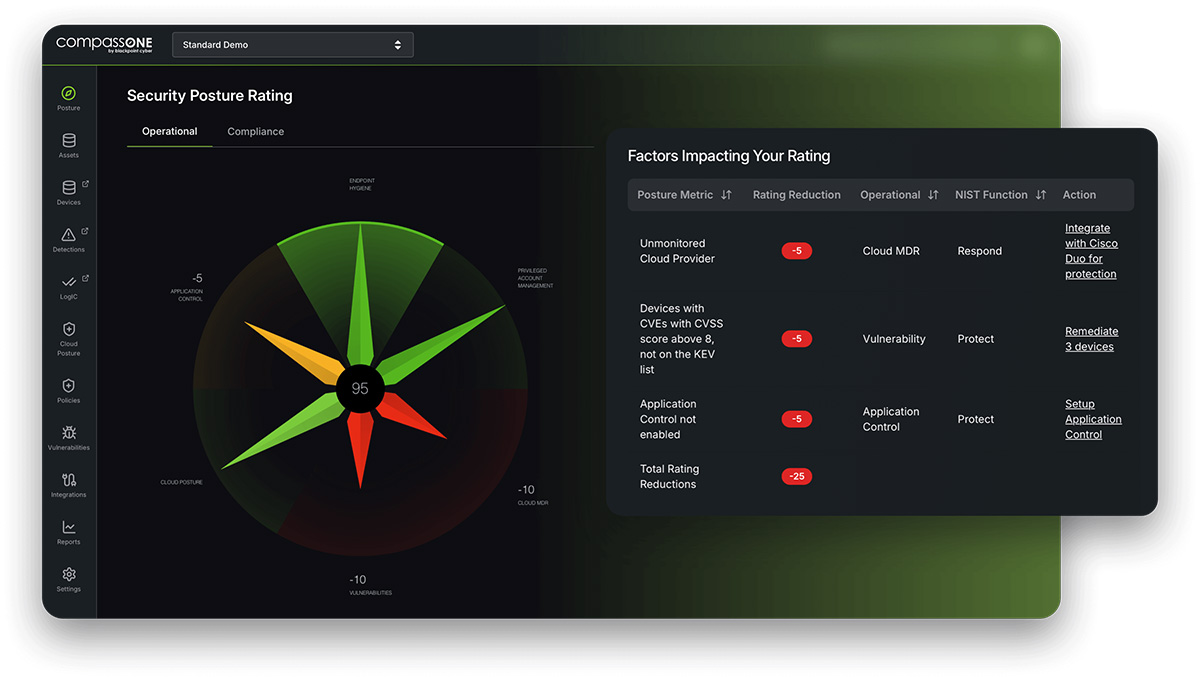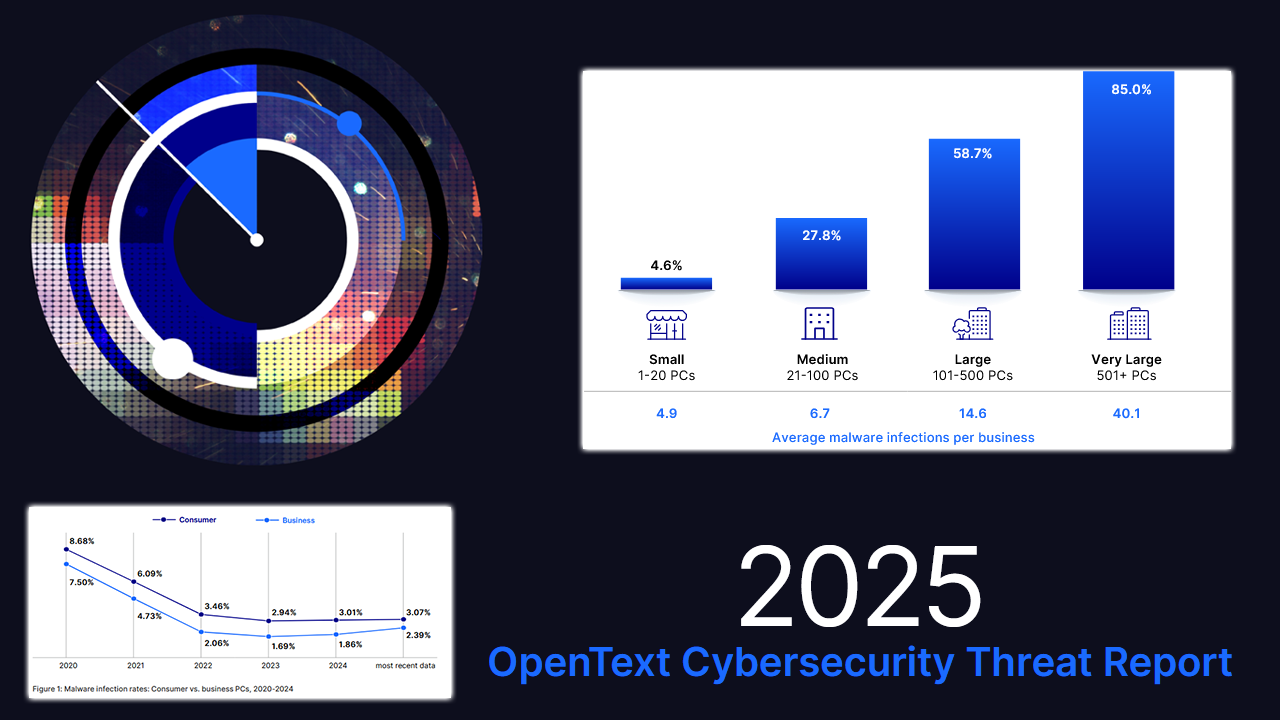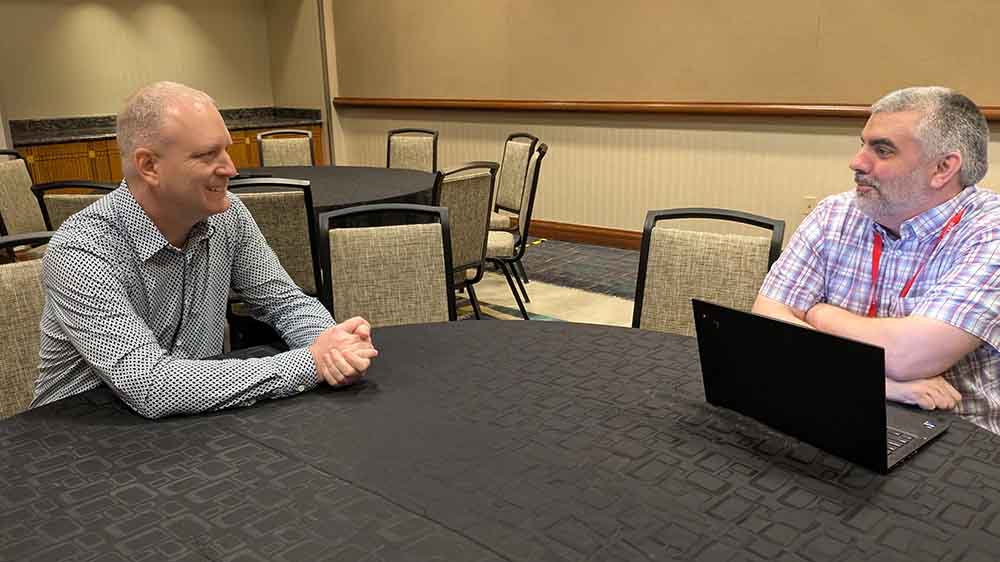Across the globe, numerous risks affect the well-being of organizations every day. Cybersecurity, economic turmoil, natural disasters, and even human error are some of the most common threats currently impacting businesses. However, perhaps one of the largest concerns today is data and information loss.
Losing access to data or files altogether can be detrimental to business operations. The amount of time and money it could take to retrieve these assets—if that’s even a viable option—could hit businesses equally as hard.
All these points considered, it is imperative that organizations of all sizes invest in a solid backup and disaster recovery plan. As a managed service provider, these are five simple steps you can take to provide your customers with an effective plan that sets them up for success.
1. Encourage Your Customers to Be Proactive
The last thing a business wants to experience is downtime, as this can negatively affect operations in many ways, including decreased productivity and lost profitability.
With data protection at the forefront of everyone’s minds and more important than ever before, the first step in building a disaster recovery plan is to initiate a conversation with your customer around the topic. Oftentimes, high-level executives may not be aware of the ramifications of neglecting to have some form of data protection in place, nor understand the cost of implementing such a solution.
As cost can deter decision makers from investing in disaster recovery, educating them on the benefits of the solution—as well as the amount of money that could be potentially lost without it—is crucial to gaining their support.
2. Help Customers Identify Their Valuable Data
With the support of upper management and your assistance, take inventory of your customers’ IT assets and identify what data, systems, and applications are deemed necessary to their business’s success. This could include storage devices, network appliances, servers, customer records, and more. Mapping these assets and making note of their owners, locations, and dependencies will also be helpful, if not necessary, in the event of a disaster.
Next, work with your customers to classify their applications and data by criticality. Ask each department what applications they use and their tolerance for downtime and data loss for each. It is also a good idea to conduct a business impact analysis (BIA) and a risk assessment, respectively.
A BIA will determine the potential impacts on your customers’ critical business operations should a disaster occur as well as the associated costs. A risk assessment will identify potential threats to their organization such as tornadoes, fires, and network failures and outages; evaluate vulnerable areas and points of weakness; and put the framework in place for any mitigation strategies on the MSP side.
Once you and the customer have completed the necessary assessments and identified their valuable data, you must make sure their data is properly backed up. This is a crucial component of disaster recovery and no plan can be fully executed without it.
There are multiple options available for data backup, the most common being local/on-premises or cloud solutions. Oftentimes, the most effective backup strategy includes a combination of both—also known as a hybrid approach—with businesses utilizing a local-based backup in addition to an off-site replication to be able to retrieve data at a secondary location.
3. Develop a Plan to Ensure Business Continuity
Identifying the amount of time it takes to recover data and get your customers’ business operations back to normal is an essential component in ensuring business continuity. This is known as recovery time objective, or RTO. Recovery point objective (RPO) is the amount of data their organization can afford to lose. Depending on your customers’ ability to withstand downtime and data loss, these numbers could range from mere seconds to hours.
The next step in ensuring business continuity is for your customers to assemble a disaster response team, which will be responsible for carrying out your disaster recovery plan and recovering their data.
After all these components are finalized, it is best practice to have your customers document and properly communicate their disaster recovery plan, especially to those directly involved in its deployment. Advise them to keep all individuals aware of any changes made to the plan and provide a way to easily access it.
4. Regularly Assess Your Customers’ Infrastructure
As technology changes and improves, your customers’ disaster recovery plans may need to follow suit. Hardware, operating systems, infrastructure, and more can quickly become obsolete, and customer and financial data may become corrupt.
Also, the nature of their business may shift due to customer demands, company growth, or other influences, which could potentially lead to changes within their IT environment. For example, bringing additional servers online would likely result in more regular testing to keep their disaster recovery plan up to date.
Building your customers’ disaster recovery plan and implementing consistent data backups is essential to protect their business, but you mustn’t stop there. In order to adequately respond during a crisis and be able to recover critical data and systems, you and your customers must perform tests and reassess their plan regularly, making changes and updates as needed.
5. Offer Additional Services
If your customers aren’t sure what steps to take, you can offer insight and direction when it comes to selecting a backup and disaster recovery solution that fits specific business criteria. Furthermore, you will be able to implement, monitor, and ultimately manage these solutions for their organization to preserve business continuity in unpredictable situations.
MIKE PESINA joined Buchanan Technologies in 2019 as the director of managed services. In this role, he is responsible for the overall success of the managed services line of business, helping to improve customers’ technical and business processes and lowering their expenses. If necessary, Mike also services as an escalation point for technical and operational delivery.














